The Knee joint is the largest joint in the human body and is of fundamental importance for the upright gait. Because of this prominent position, it is prone to wear and tear and injuries and one of the most common reasons for seeing a doctor in the orthopedic practice.
What is the knee joint?

The Knee joint is actually a joint made up of 3 bones: the thighbone (femur), the shinbone (tibia) and the kneecap (patella).
From an anatomical point of view, the joint between the tibia and fibula (fibula) is also part of the knee, but it does not take part in the actual movements of the knee joint.
The movement in the knee joint is basically a hinge movement between stretching (extension) and flexion (flexion), plus a slight rotation.
Anatomy & structure
In addition to the bones involved, anatomy also describes ligaments, joint capsules and structures that run along such as blood vessels and nerves. The bony joint surfaces are covered with cartilage and encased in a joint capsule, which uses synovial fluid to establish contact between the joint surfaces with as little friction as possible.
Two large rollers at the end of the thigh bone, the so-called femoral condyles, articulate with the rather flat articular surfaces of the tibia. The tibia surfaces are framed inside and outside by the two menisci. They form a plain bearing for the joint rollers of the thigh bone, frame the middle and outer joint like two pans and guarantee the rotation of the Knee joint.
In the middle between the inner and outer thigh rolls are the cruciate ligaments, which connect the thigh to the shin and cross each other in their course. The anterior cruciate ligament pulls from top-outside-back to bottom-inside-front; the posterior cruciate ligament from top-inside-front to bottom-outside-back. Above all, they limit the rotation. There is a lateral ligament on both sides of the knee joint, which prevents the knee joint from being opened to the side.
At the front of the knee joint is the kneecap, which is embedded in the tissue (fat body) via a tendon connection between the front thigh muscles and the front edge of the shin and its rear surface is in contact with the thigh bone and slides along it.
The large blood vessels and nerves all run through the hollow of the knee. Here the back of the knee pulse can be felt and the structures necessary for supplying the lower legs and feet are optimally protected from injuries. The so-called fibular nerve, which runs very superficially on the head of the fibula, i.e. on the outside laterally below the knee joint, is a very susceptible point for nerve pressure damage.
Function & tasks
The Knee joint is a wheel angle joint, a combination of wheel and hinge joint. Four main movements are possible around two main axes:
Extension and flexion are the main directions, in addition, external and internal rotation is possible with slight flexion. When the knee joint is extended, the maximally tensioned outer ligaments prevent this rotation. Hyperextension is only possible with special training or with slack ligaments.
The lower leg can be brought up to a flexion angle of 160 degrees to the back of the thigh, whereby at the end it is not the ligamentous apparatus of the joint but the soft tissues of the upper and lower leg that prevent further flexion.
The recording of the degree of movement and the recording of the ligament integrity and function with specific tests are the basis of every trauma surgical and orthopedic examination of the knee joint.
Illnesses & ailments
In the case of young people, injuries are in the foreground: ligaments tear most often during sports, especially when skiing and playing football.
The anterior cruciate ligament is a highly endangered structure, especially when it comes to rotational movements (skis are canted, holes in the ground on the soccer field, etc.). A combined injury of several ligaments, e.g. the so-called "unhappy triad" of anterior cruciate ligament tear, internal meniscus injury and rupture of the internal collateral ligament. The menisci can, however, also be destroyed as part of general degeneration (osteoarthritis).
Since small blood vessels are often torn away with a knee joint injury, joint effusion often occurs, which makes the targeted physical examination difficult for the doctor ("every movement hurts"). Then an X-ray, an MRI scan or a diagnostic knee-joint specimen is often required to determine the exact extent of the injury.
In older people, osteoarthritis of the knee is one of the most common joint complaints. Initially with pain only when exerted ("initial pain"), it can become permanent pain within a short or long time via increasing inflammation, which severely affects the quality of life.If painkillers such as aspirin or ibuprofen help at the beginning, a knee joint irrigation and finally a joint replacement with a prosthesis are often necessary.
This represents a definitive healing option and can make you forget the pain just a few days after the operation, but should only be at the end of the therapy strategy.

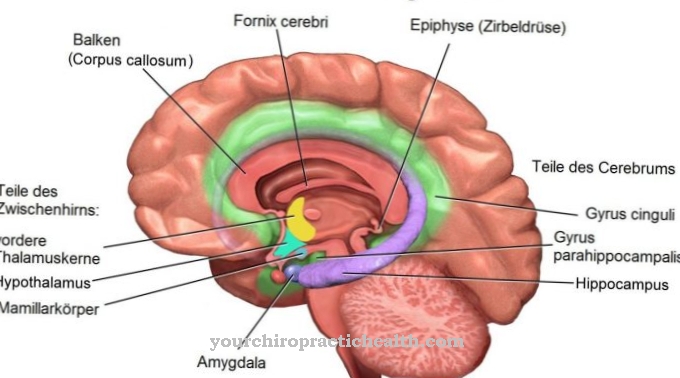

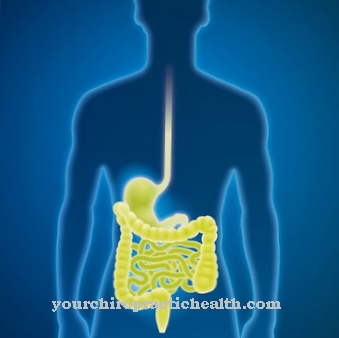
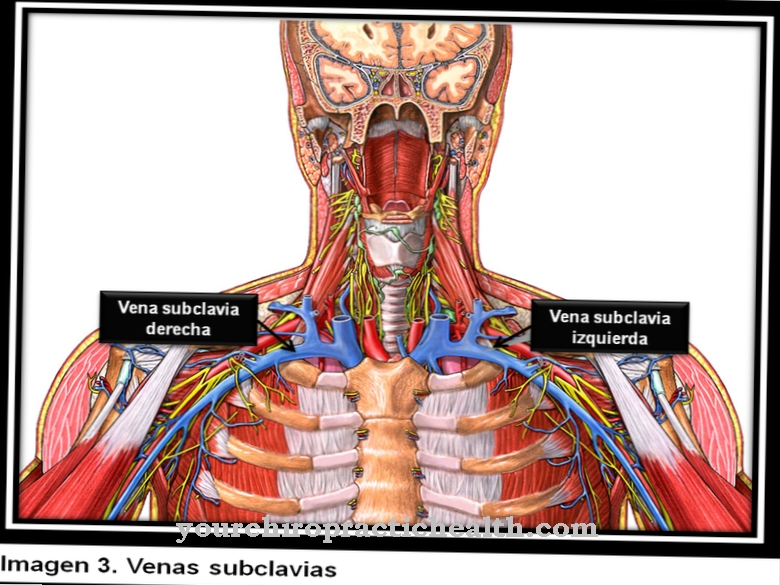
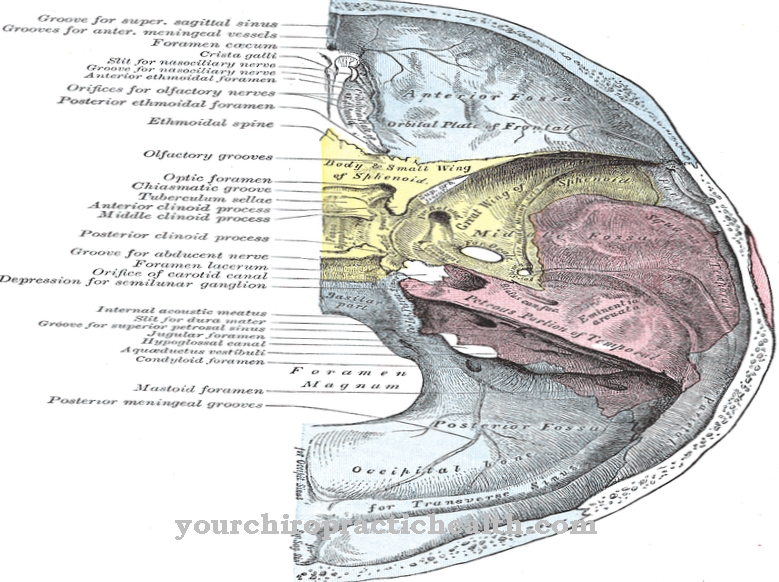
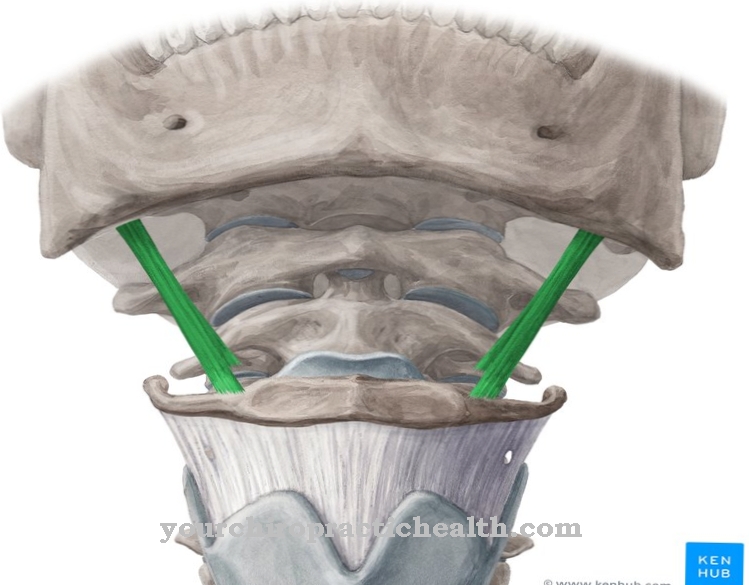





.jpg)



.jpg)










.jpg)
